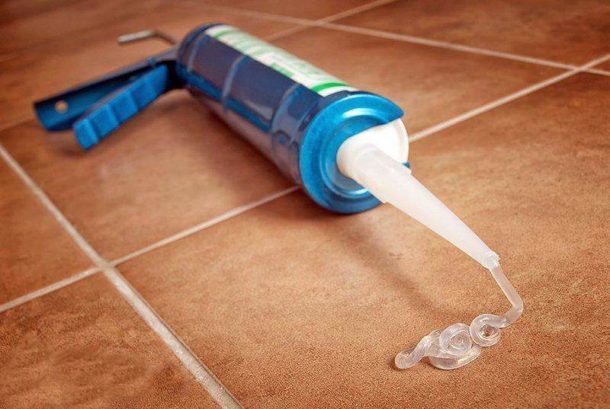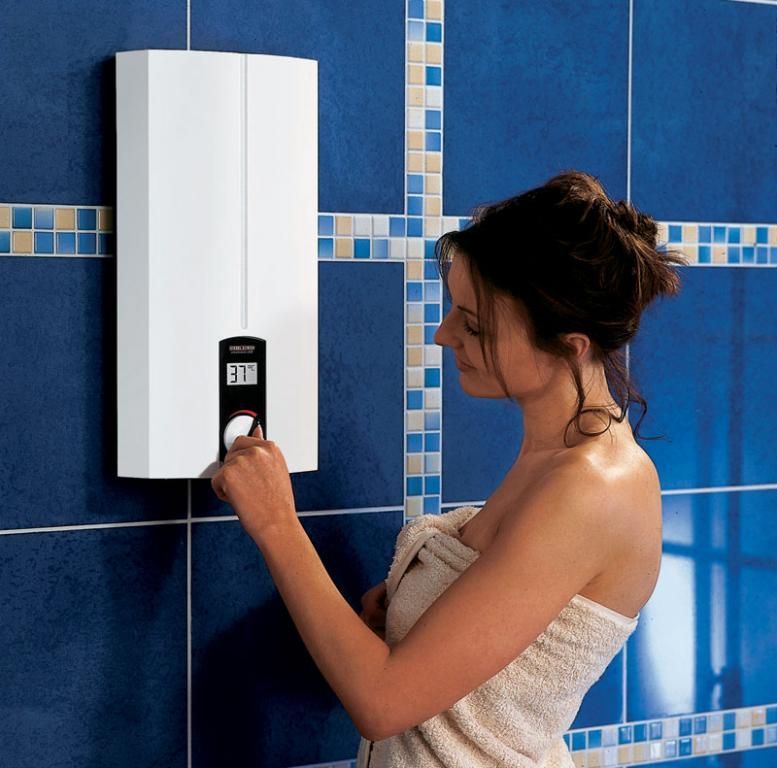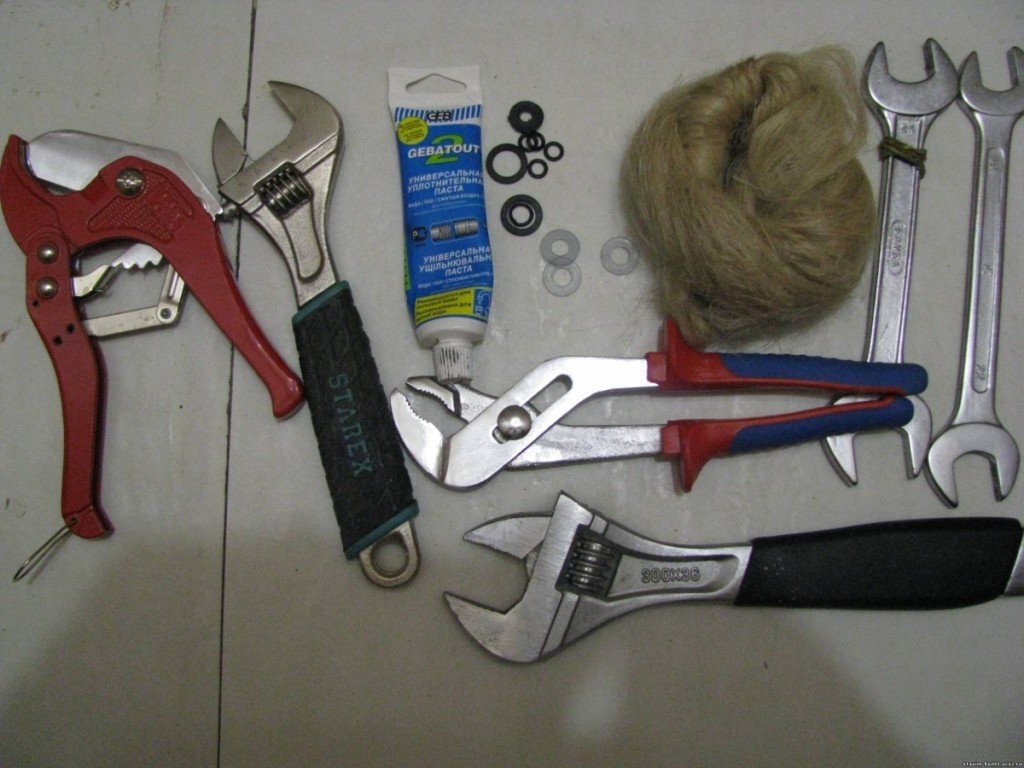Content
- Siphon Types
- How to choose a drain device?
- Siphon replacement
- Useful Tips
- Siphon Repair
- Conclusion
The siphon performs important functions: thanks to the water plug it prevents odors from the sewer from entering the room and protects the pipes from frequent blockages. If the drainage system is worn out or out of order, its replacement does not need to be postponed until later. It is not difficult to change the siphon under the sink yourself, this will not require special skills and complex tools, the main thing is to know how to do it correctly.

Siphon Types
Before replacing the siphon, you will have to choose and purchase a new product. First, get acquainted with the varieties of this device.
According to the principle of action, the siphons used in the sink in the kitchen or in the washbasin in the bathroom are divided into the following types:
- Bottle with a submerged tube (a water plug is created by two cylinders, one of which is inserted into the other). It is used more often than other types due to the possibility of removing accumulated contaminants by unscrewing the cork from the bottom.
- Bottle with two partitions.
- Pipe. Such a product has the form of a pipe bent in the shape of the letter “S” or “U”, due to the bending of which a water seal is created.
- Corrugated. It is a plastic corrugation, curved and fixed in position by a clamp.

Previously, drain devices were made of steel and cast iron, but now for siphons and other plumbing equipment, practical and inexpensive plastic is most often used. It is not subject to corrosion, does not decay and does not retain dirt. Plastic well tolerates cleaning using a cable and chemicals.
The cheapest products are made of polyethylene and PVC, their service life does not exceed 6 years. Siphons made of polypropylene and ABS plastic will live more than 10 years.
At chrome siphons brass has a spectacular appearance, but the strength is not much higher than that of plastic products. The most reliable are stainless steel devices.

USEFUL INFORMATION:Design of a small bath in Khrushchev with a washing machine
How to choose a drain device?
The product is simple in design and easy to disassemble to verify that it is not defective. It should not have defects on the surface and in threaded joints. Gaskets are applied elastic and lubricated with silicone sealant.
Price
Price may vary significantly. A simple plastic siphon of any modification can be bought for 100-300 rubles. For a product with a chrome coating or with additional bends, you will have to pay from 400 to 1000 rubles. The price of brass devices starts from 1000 rubles. and can reach 15 thousand rub. The most expensive are chrome bottle siphons made from brass or steel.
Dimensions and device type selection
Siphons have standard sizes and, as a rule, are compatible with any sinks. The cross-section of the taps depends on the volume of the drained water. When buying, do not forget to check the completeness and compliance with the diameter of the old drain device.
Tips for choosing the type of siphon:
- A product with a collapsible flask is recommended for the kitchen: it is easy to clean from food residues. A bottle siphon with a discharge in the form of a corrugation, as in the photo, is mounted easier than the rest.

- It is more difficult to choose a pipe drain, since it has a rigid structure: its pipes must be precisely aligned with the holes of the sink and sewer lounger.
- If there are problems with free space or inconvenient pipe arrangement will save the situation siphon corrugation.
- For a kitchen sink, it is better to take a drain with even walls, since the corrugations are quickly clogged with dirt.
- If there is absolutely no place under the sink, you should select a special flat siphon.
To install the device for draining, you need to purchase odorless silicone sealant. Acid formulations will not work.

Siphon replacement
The process of replacing the siphon under the sink consists of the following steps:
- Dismantling the old drain. Work is being done on the bucket. A rag is prepared in advance, which should immediately close the hole in the sewer pipe to avoid unpleasant odors.
USEFUL INFORMATION:Installing a siphon on a bath (video): how to assemble a siphon for a bath

- After dismantling, residual contaminants are removed and the sewer pipe is cleaned.
- Threaded connections on the siphon body are checked for burrs. If they are, they are carefully cut with a knife. You also need to make sure that all gaskets are in place.
- The drain grate of the sink is leveled and installed on the gasket or sealant so that there is no leakage.
- A thick gasket is put on the outlet of the sink, after which it is placed from below in the center of the drain hole of the sink. A screw is inserted into the central hole and screwed with a screwdriver so that the drain grate and the outlet fit snugly against the sink.
- The flask of the device is going. From below it should be installed a rubber gasket and screw the cover. A union nut and a cone-shaped gasket are put on the outlet of the sink. The upper part of the siphon is mounted on it, after which the union nut of the output is screwed to it. This connection is reliable and tight. It is often used in systems that do not work under pressure. The exhaust pipe is connected to the flask.
Siphon designs may vary. The assembly order of each of them is indicated in the attached instructions. The circuit of the classic device is in this article.

- The sewer pipe should be dried and a cuff lubricated with sealant should be installed in it.
- The drain end of the exhaust pipe is sized to fit, then inserted into the sewer pipe, where it is sealed with a cuff.
- For some time, water is supplied to the sink to check the tightness of the joints.
This manual describes how to install a bottle siphon. The pipe-type drainage device is even easier to install, since there is no need to assemble the flask. The corrugated device must be curved in the form of the letter “S” and secured with the clamp included in the kit.
Useful Tips
The following tips will help to operate the drain device without problems:
- When installing a siphon, it is necessary to ensure a symmetrical arrangement of the drain grate relative to the opening of the sink.
- Cleaning the device is done by supplying hot water, which dissolves fat deposits well. To speed up the process, soda or special detergents are used. They are poured into the hole, and then water is intensively flushed, washing.
- The use of a plunger allows you to periodically clean the device without disassembling the sump.
- The thread seal does not ensure the tightness of the joints. Reliable protection against leaks are rubber gaskets. If worn, they should be replaced.
- It is not recommended to pour too dirty liquids into the sink. At the outlet, a fine strainer is installed, which should be periodically cleaned.
USEFUL INFORMATION:Flat sink siphons above the washing machine

Siphon Repair
If the drain device begins to leak, there may be several causes for the malfunction:
- poor-quality installation - improper joining of joints, twisted thread, incompletely tightened union nuts, use of unsuitable gaskets;
- blockage;
- wear of seals - over time, the gaskets harden and shrink, so they begin to let water through;
- damage - cracks or chips.
For repair, it is necessary to install a container for draining the liquid from below.
- If the assembly quality is unsatisfactory, the product simply needs to be disassembled and assembled correctly.
- In case of blockage, the lower part of the siphon must be unscrewed, then clean the sewer with a cable or wire.
- In the place where the drain flows, the rubber seal changes to a new one, lubricated with petroleum jelly or liquid soap. In this case, the joints are treated with sealant.
Advice from the plumber: if it is not possible to buy new gaskets, the old seals should be generously greased with sealant or silicone glue and put in place. Water can be let in after the material has hardened. Such a connection will serve for several more years.

- The cracked siphon should be replaced immediately. If for some reason this is not possible, epoxy glue and a bandage or fiberglass will be needed for repairs. The cracked part - a pipe or flask - is dried, processed with sandpaper and solvent. The glue is diluted according to the instructions, applied to the surface of the part, then it is wrapped with a bandage or cloth. After the composition has solidified, the device is ready for use.
Conclusion
Thanks to the siphon, the drains flow into the sewer, and the smells from it do not fall back into the room. The service life of the device is limited, so it has to be changed from time to time. Installing a new product is a simple operation, for which you do not need to call the plumbing.

EXPERT SITE
Tsugunov Anton Valerevich
Master Station Wagon
- Since 2003, I have been engaged in the repair and decoration of premises.
- Over 100 completed objects.
- I appreciate the quality, more than the quantity!
Personal page >>>
Friends!
I offer you the service "Friend Builder"
As this site develops, subscribers and visitors are turning to me more and more often asking for help with advice on various issues of repair and decoration.
Questions are sometimes asked very complex and interesting. You can’t write an article for each situation, so I decided to advise you individually.
Thanks to you, friends, a new direction of my favorite work has been born - share your experience and benefit everyone who is undergoing repairs!
Get a one-time consultation from me >>>
Order full apartment repair support >>>


